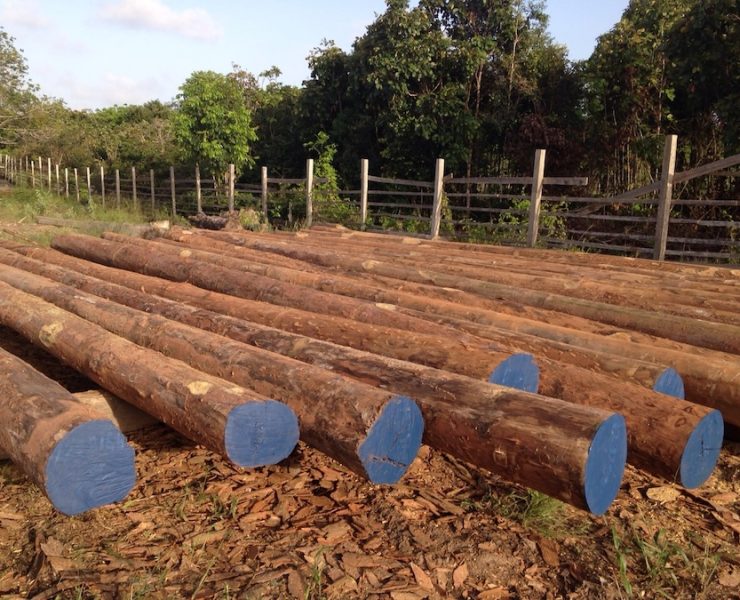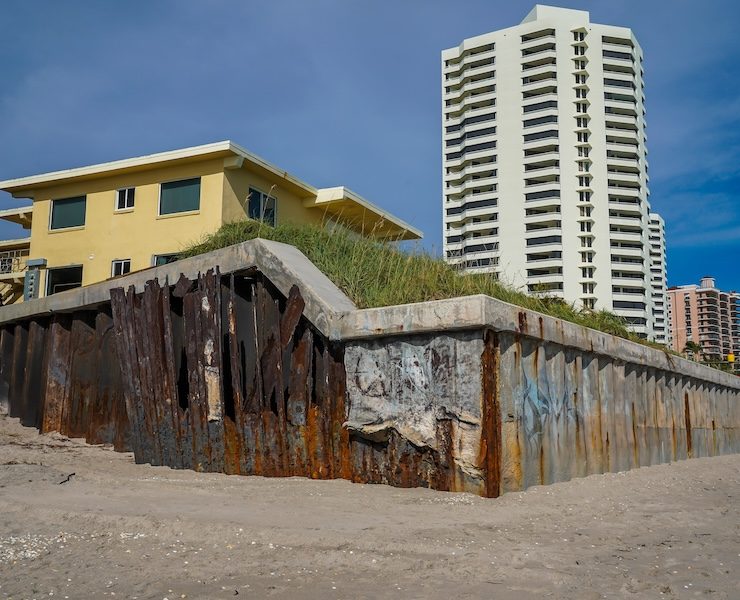Tips for Renting Steel Sheet Pile

Click here to view the complete article.
by Leon “Lee” Wilczynski.
Rent or buy, I don’t have the answer, because there are so many variables.
I will discuss a few caveats on owning and spend the rest of the article discussing rentals.
Purchasing pile for a temporary project avoids some of the potential problems that renting can create, but often it is not the best solution.
A. Purchasing requires capital that may be better utilized in other areas of your business.
B. If you purchase 40’s, the next project may require 50’s or only 20’s.
C. If you purchase, you can avoid the hassle of charges for reconditioning, liquidation, etc., but these costs will still exist, and depending on your accounting system, you just won’t be aware of them.
D. Used pile holds its value fairly well, but it is not always easy to sell. It may take months to find a buyer who needs the same lengths and quantities you are selling.
• Know the liquidation rate (the cost of material you may not return or damage). The liquidation rate can sometimes be negotiable, depending on the type, lengths, and quantity. After you sign the rental, it is too late.
• Know how much cleaning and trimming charges will be (reconditioning). Depending on the project conditions, handling, storing, water supply, it may be cheaper to have the supplier do the reconditioning, and sometimes these fees can be negotiated, before signing the rental agreement.
• Make sure your personnel inspect and count the steel sheet pile as soon as it arrives on job site. Inspect for damage and make notes on Bill of Lading and notify supplier immediately. If you accept damaged pile, you may be paying for it at the end of the rental. (Take pictures).
• Make sure you know what lengths supplier will put back into their inventory. For example, if you rent 40′, will they accept 30′ or 25′ back? If it’s not In the agreement or you didn’t read agreement, it could cause problems at end of the rental.
• Manufacturers are continually designing wider, deeper sheets, which do save time and handling in installation on permanent installations… But… these wider, deeper sections may not hold up as well in stiffer, more difficult soils. A smaller more compact section or thicker section may be more effective.
• Make sure your Foreman or Supt. Understand the cost of damaged sheet pile. Example: A 40′ PZ-27 weighs 1620 lbs. At a liquidation rate of $1,500/ton is $1,215.00 per sheet. That’s a lot of money and your field people must be aware of this potential liability when driving, extracting, handling, loading and unloading steel sheet pile.
• Driving steel sheet pile looks easier than it really is and requires some basic procedures and training to do it correctly.
• Choose your Pile driving equipment carefully. Too small or too large or wrong type can cause damage.
• When returning sheet pile, insist supplier make you aware immediately of any irregularities of the returned pile. Insist on photos or video before any reconditioning is done. Upon any notification, have someone representing your company look at pile before it is reconditioned.
• When returning sheet pile, keep copies of return bill of lading, truck, driver, and transport company’s name for your records.
Click here to view the complete article.
What are the key considerations between renting and purchasing steel sheet pile for a construction project?
Factors include capital availability, project duration, potential hassle of charges for reconditioning when purchasing, and the need for flexibility in pile lengths for future projects.
When renting steel sheet pile, what important factors should be considered to avoid potential issues?
Consider the liquidation rate, cleaning and trimming charges, inspection upon arrival for damage, understanding supplier inventory terms, awareness of sheet pile damage costs, proper driving procedures, and careful selection of pile driving equipment.

















